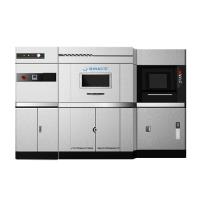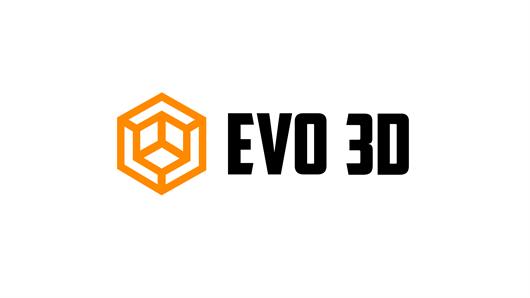 Add My Company
Add My Company
Sign In

This blog article looks at distributed manufacturing with 3D printers today, and explores some of the opportunities that it could bring in the very near future. Although not quite as advanced as the 24th-century technology imagined in Star Trek, 3D printing and distributed manufacturing could very soon revolutionise almost every aspect of our lives.
In about three hundred years’ time, the human race will be able to “reconstitute matter and produce everything that is needed out of pure energy, no matter whether food, medicaments, or spare parts are required” – that’s if science fiction and Star Trek are anything to go by.
The dream isn’t pure fiction however. The advent of 3D printing and advanced manufacturing is already enabling ordinary people to manufacture parts, components and devices out of unconstituted matter within their own homes.
This blog article looks at distributed manufacturing with 3D printers today, and explores some of the opportunities that it could bring in the very near future. Although not quite as advanced as the 24th-century technology imagined in Star Trek, 3D printing and distributed manufacturing could very soon revolutionise almost every aspect of our lives.
What is distributed manufacturing?
Traditional manufacturing brings every step in a manufacturing process into a central factory, where raw materials would enter through one door and finished products would leave through another.
Distributed manufacturing is the process of decentralizing these steps, removing the need for a central factory where everything happens in a neat, linear fashion (consider the production line pioneered by Henry Ford).
This can be done in many ways and for many reasons. Old-fashioned cottage industries are one example, where people would spin wool and make clothing for their families and communities in their homes.
Modern industrial examples include multiple factories producing different parts to be assembled somewhere else. Computer manufacturing – which is constantly seeking better ways of producing complex machines – has been a forerunner in this, with factories all around the world in places where labour, energy or raw materials are cheaper or more efficient to obtain and transport.
Another industrial example of distributed manufacturing is to place factories and assembly lines as close as possible to the end user or consumer. This can reduce transportation costs, and it also offers opportunities to make minor amends to global products for local markets, taking into account cultural and social differences.
In this way, distributed manufacturing prioritises economies of scope over the economies of scale that traditional, centralised manufacturing provides. What does this mean? Distributed manufacturing frees producers from the limitations of “one-size-fits-all” large-scale processes, and lets them use materials or make modifications that are more fitting to the local market.
For more information on Distributed Manufacturing: 3D Printing for All talk to Evo3D
Enquire Now
More Case Studies / Blogs
List your company on FindTheNeedle.
